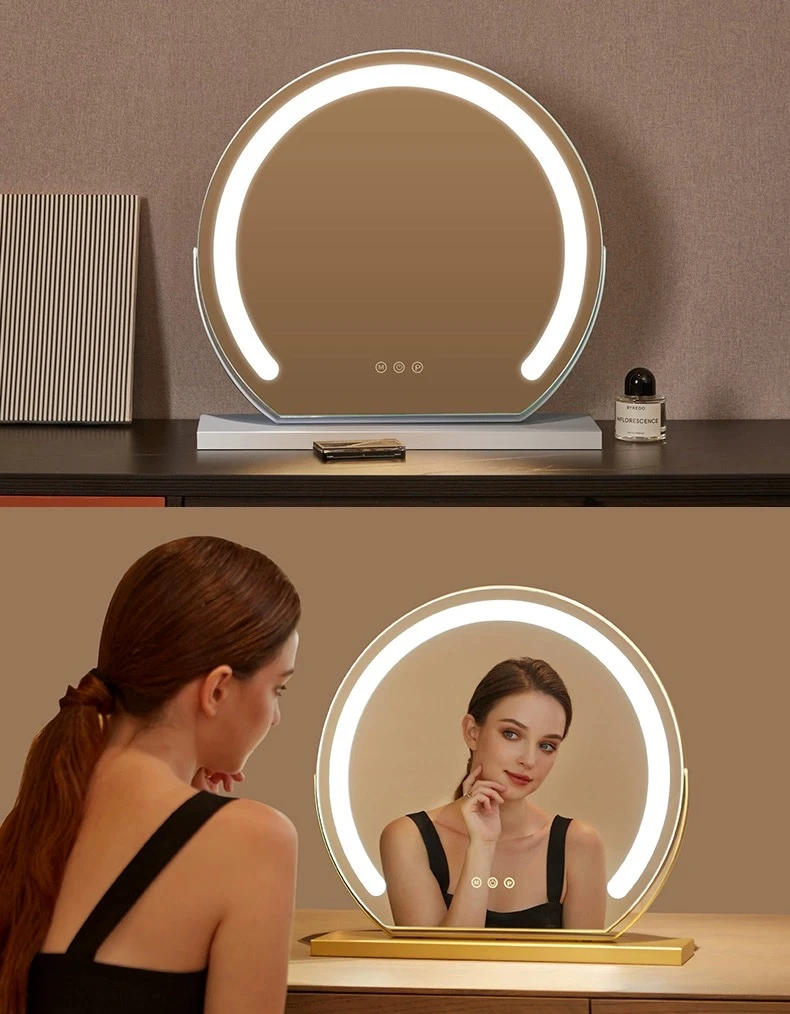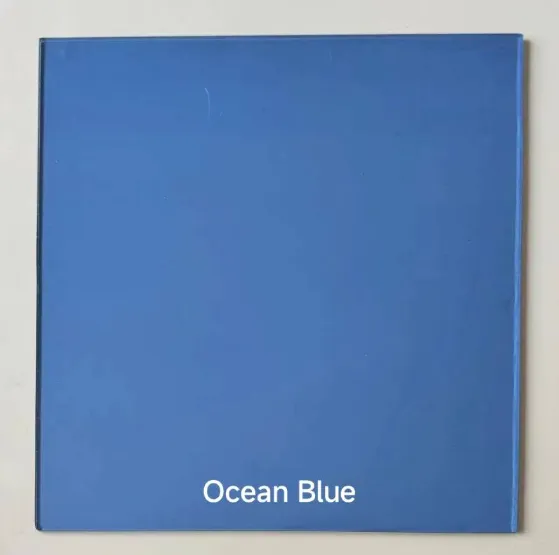Colored frosted glass has evolved into a captivating design element that enhances both functionality and aesthetics in modern architecture and interior design. Its unique ability to offer privacy while simultaneously allowing softened light to filter through makes it an ideal choice for a myriad of applications. Here we delve into the world of colored frosted glass, exploring its benefits, applications, and why it should be a top consideration for your next project.

One of the most appealing aspects of colored frosted glass is its versatility. Whether you're designing a contemporary office space, an elegant residential interior, or a cutting-edge hospitality venue, this material offers a wide range of options in terms of color and finish. The frosting process involves acid etching or sandblasting the glass surface, which creates a translucent appearance. When combined with color, the effect is stunning and allows for creative expression in design.
From a functional perspective, colored frosted glass provides the ideal balance between privacy and light transmission. This is particularly beneficial in environments where privacy is paramount, such as bathrooms and meeting rooms, yet where a connection to the outside light is desired. By diffusing light, it reduces glare and evenly distributes natural illumination, enhancing the comfort and ambience of any space.

Navigating the realm of colored frosted glass, one finds that its benefits extend beyond aesthetics and functional use. It is an environmentally friendly option, often made from recycled materials and can contribute to energy efficiency in buildings by maximizing natural light and reducing dependency on artificial lighting during daytime hours. Additionally, because colored frosted glass is treated to be robust and durable, it requires minimal maintenance and has a long lifespan, making it a cost-effective solution over time.
The application possibilities for colored frosted glass are vast. In residential settings, it can be utilized in sliding doors, windows, cabinet inserts, and partition walls to contribute an element of elegance and privacy. In commercial spaces, it's often used in office partitions, conference room doors, and decorative wall panels, providing a modern, sophisticated look that can be customized to fit brand aesthetics. For retail environments, colored frosted glass can enhance display areas and create a sense of exclusivity.
colored frosted glass
To maximize the impact of colored frosted glass in any setting, working with an experienced designer or architect is recommended. Their expertise ensures that the glass is integrated seamlessly into the project, optimizing both its aesthetic and functional benefits. Furthermore, such professionals can offer guidance on the selection of colors and finishes to align with the broader design vision.
In terms of installation, colored frosted glass requires precision and skill to ensure it is securely and safely fitted, particularly when used in large panels or as part of structural elements. Partnering with a certified installer is crucial, not only to guarantee a flawless finish but also to adhere to safety regulations and standards.
Another critical consideration when opting for colored frosted glass is the choice of manufacturer. A reputable supplier will provide high-quality products, along with comprehensive warranties that offer peace of mind. Moreover, a good manufacturer will be able to demonstrate their commitment to sustainability practices, an increasingly important factor for eco-conscious projects.
Colored frosted glass stands as a testament to how traditional materials can be reimagined to meet the demands of modern design. Its ability to transform spaces, provide functional benefits, and align with sustainability goals makes it a preferred choice for discerning designers and architects worldwide. Whether your goal is to enhance privacy, improve lighting quality, or make a bold design statement, colored frosted glass presents a refined and reliable solution.
To ensure the best results, it is imperative to consult with specialists in the field and invest in quality products. Not only does this approach elevate the look and feel of a space, but it also reflects a commitment to using materials that prioritize both style and sustainability.



